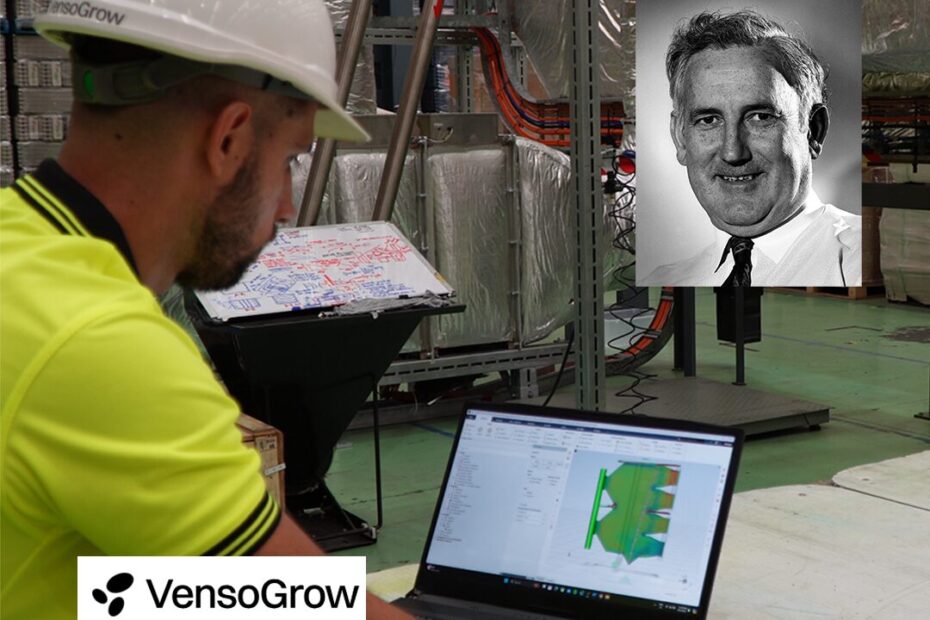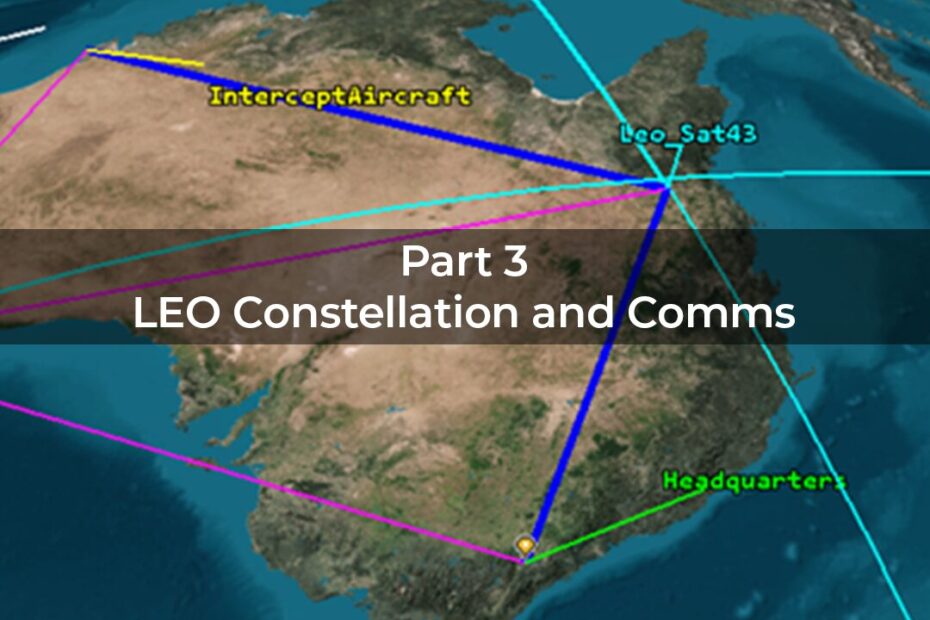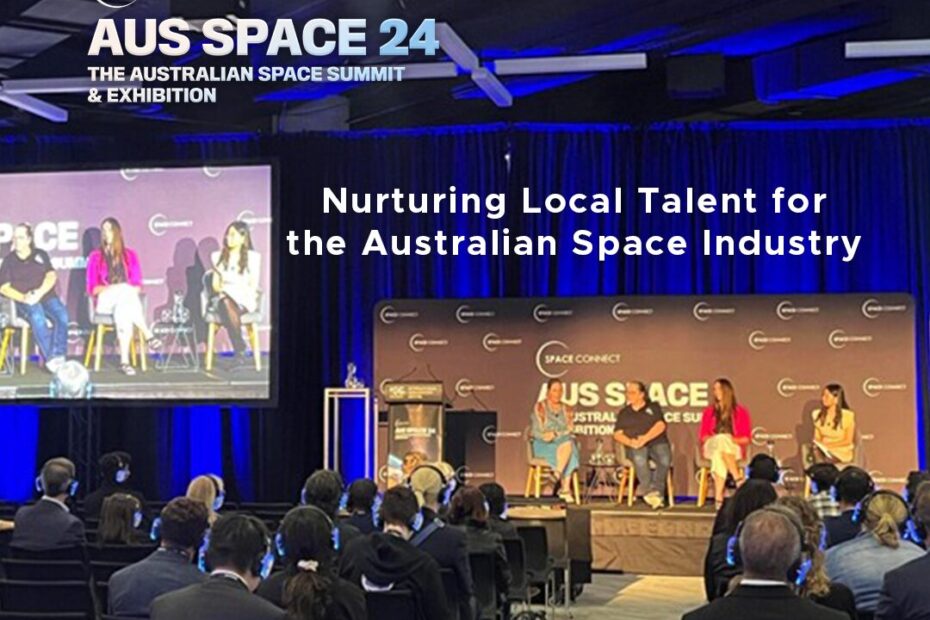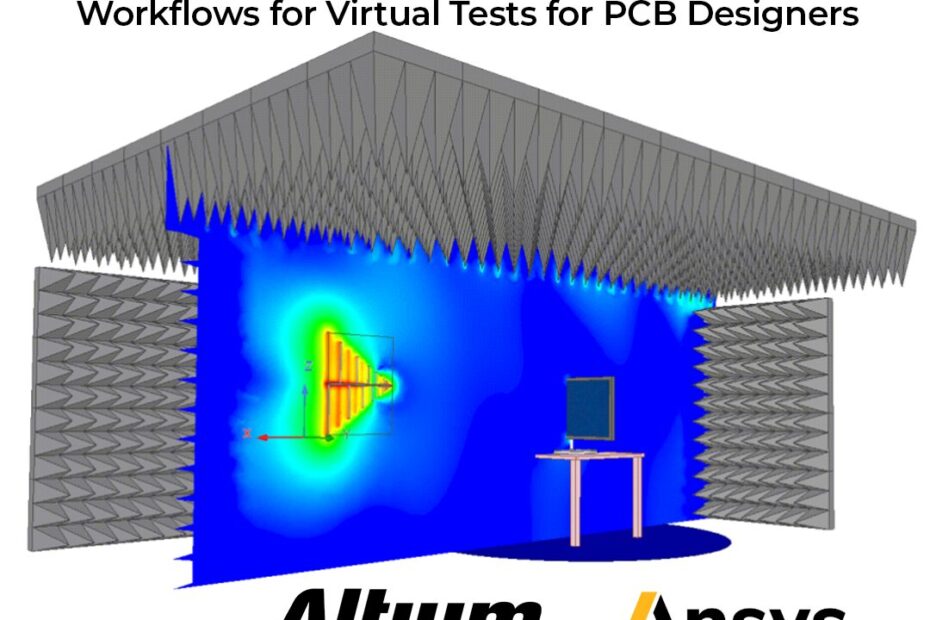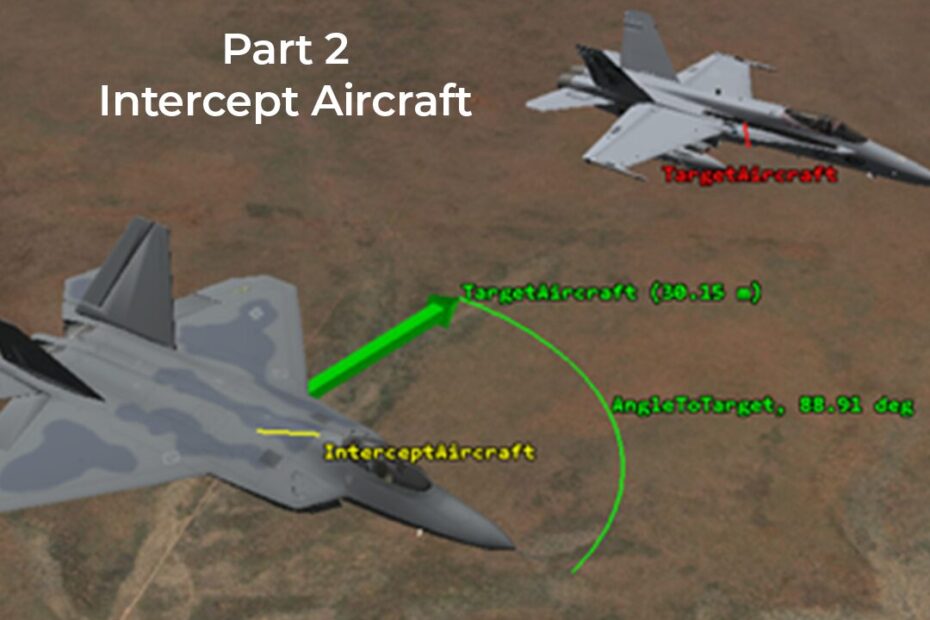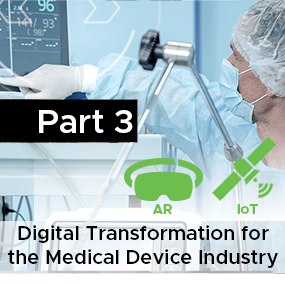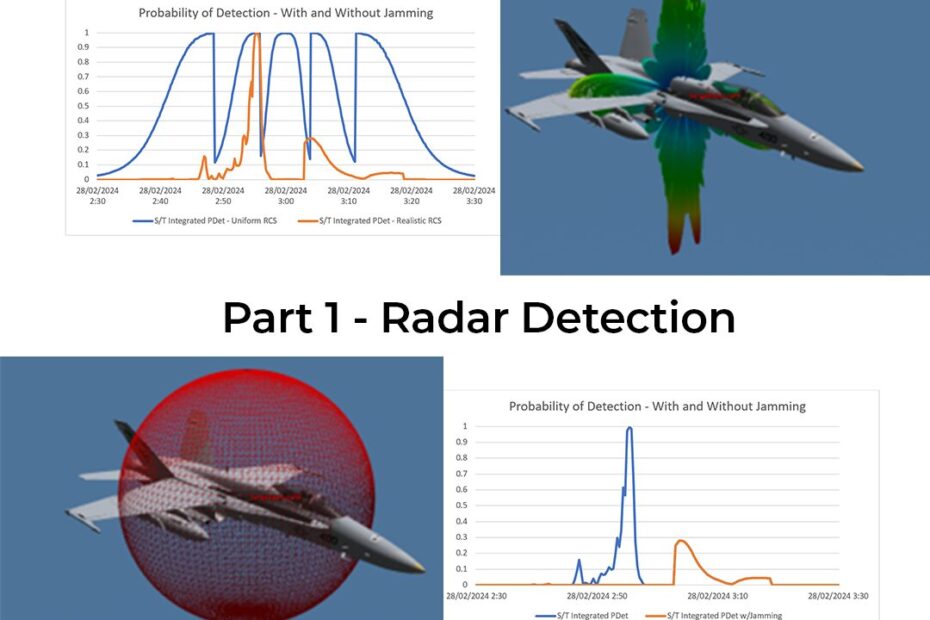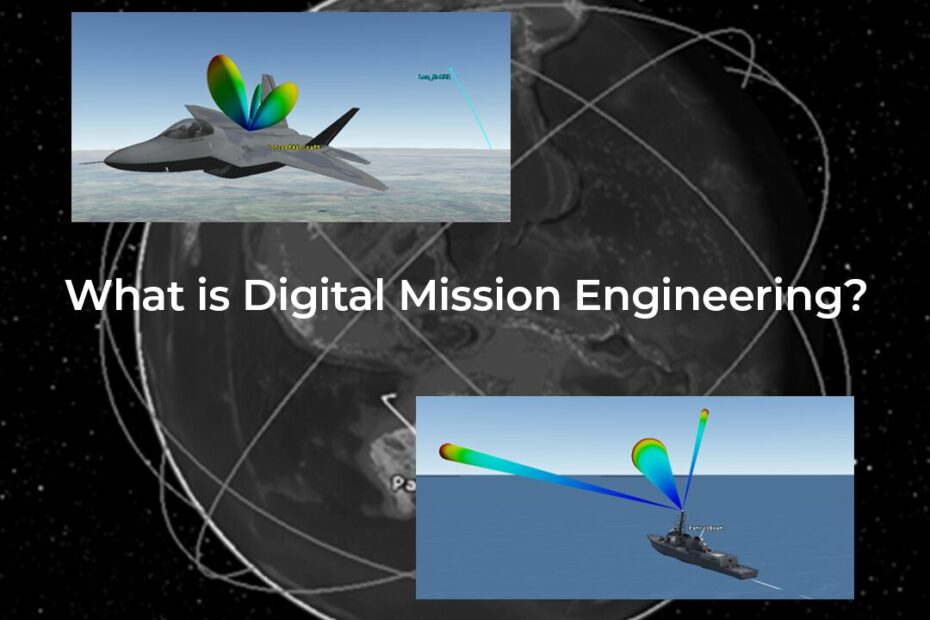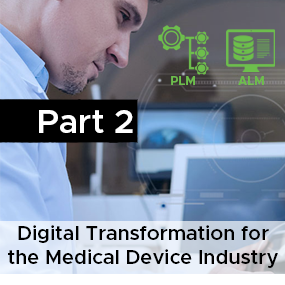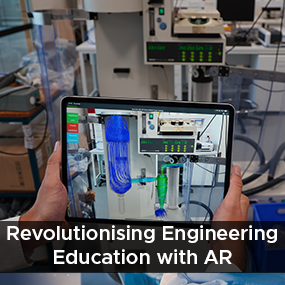Honouring the legacy of pioneering Chemical Engineering researcher, Emeritus Prof. Owen Potter with the help of simulation
Invented by Emeritus Professor Owen Potter AM, a globally renowned chemical engineer, the Venso Flow fluidisation process has significant potential to improve the efficiency and sustainability of many industrial processes. Driven by honouring her father’s legacy, learn how Caecilia Potter and her VensoGrow team are using insights from simulation and IoT control systems to help further improve the process and apply it to seed coating applications.

